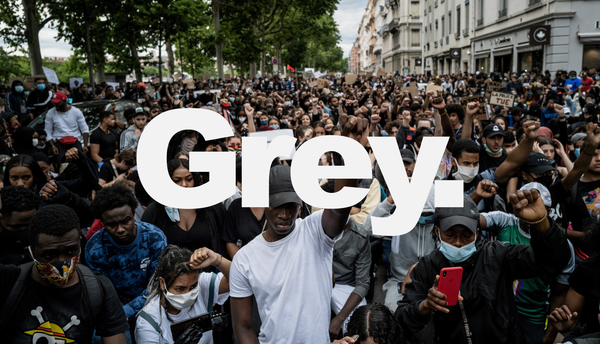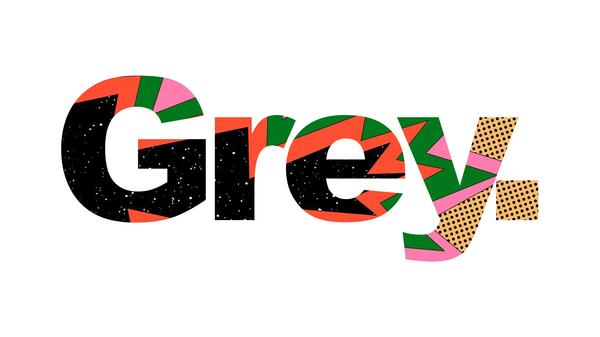A Brief History of Nostalgia: Why We Keep Longing for the Past in a World Addicted to Innovation
From 17th-century homesickness to TikTok throwbacks, nostalgia has evolved into a cultural coping mechanism. Here's why our collective gaze keeps turning backward - and what it says about us.
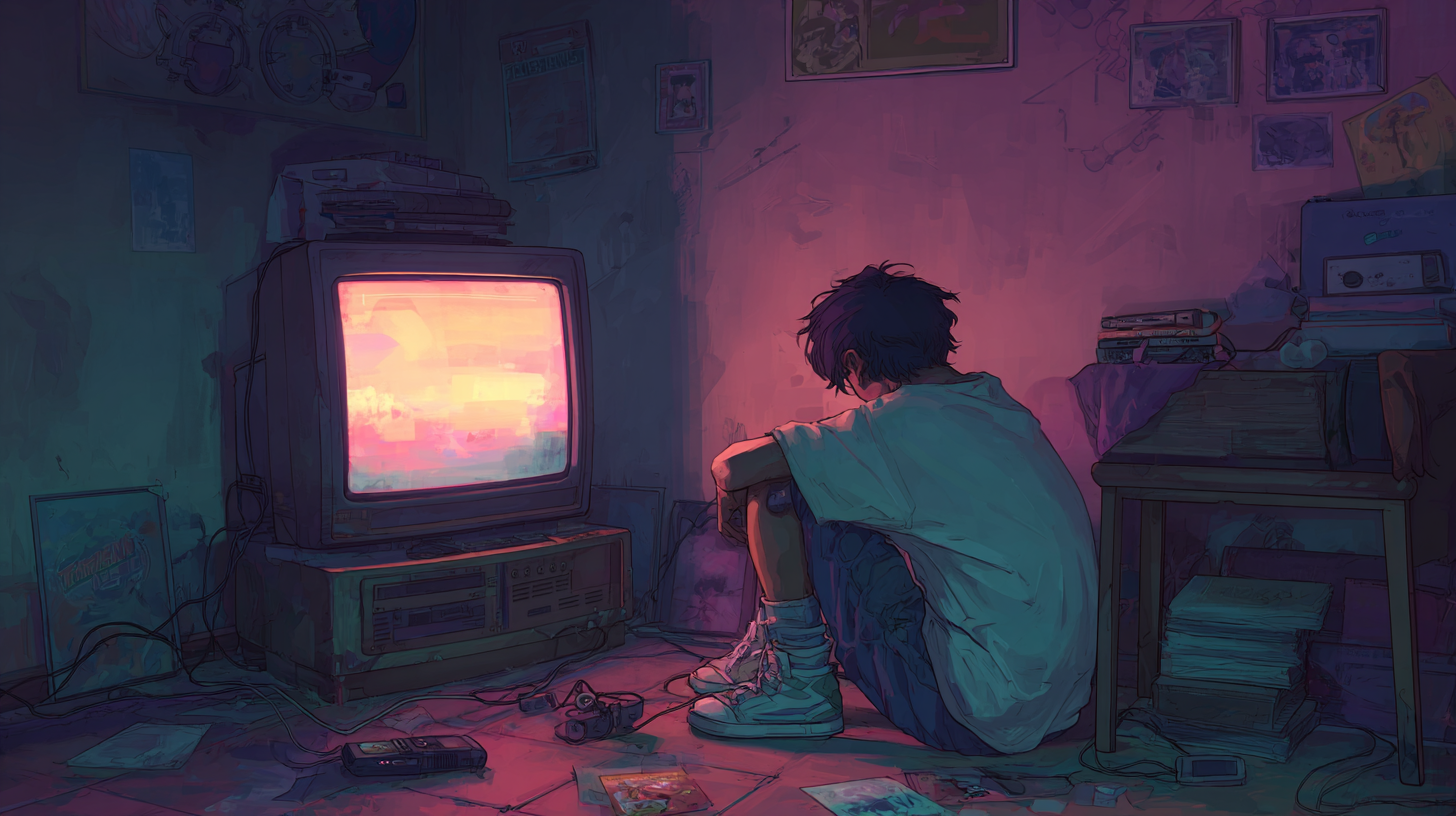
We live in a cultural déjà vu. TikTok teens are dressing like it's 2003. Low-rise jeans, wired earbuds, and digital cameras - the grainier the better - have become rebellion in reverse. The Friends apartment lives on through endless reruns; streaming platforms are crammed with remakes that feel less like nostalgia and more like recycling. Even Apple, a company built on futurism, keeps re-releasing pastel-tinted tech that whispers, Remember your first iPod?
It's not just fashion or film - nostalgia is the mood of the moment. It seeps through our playlists, our feeds, our language. "Throwback Thursday" has become a global ritual. We scroll back not to remember but to feel anchored, to prove we existed before everything accelerated.
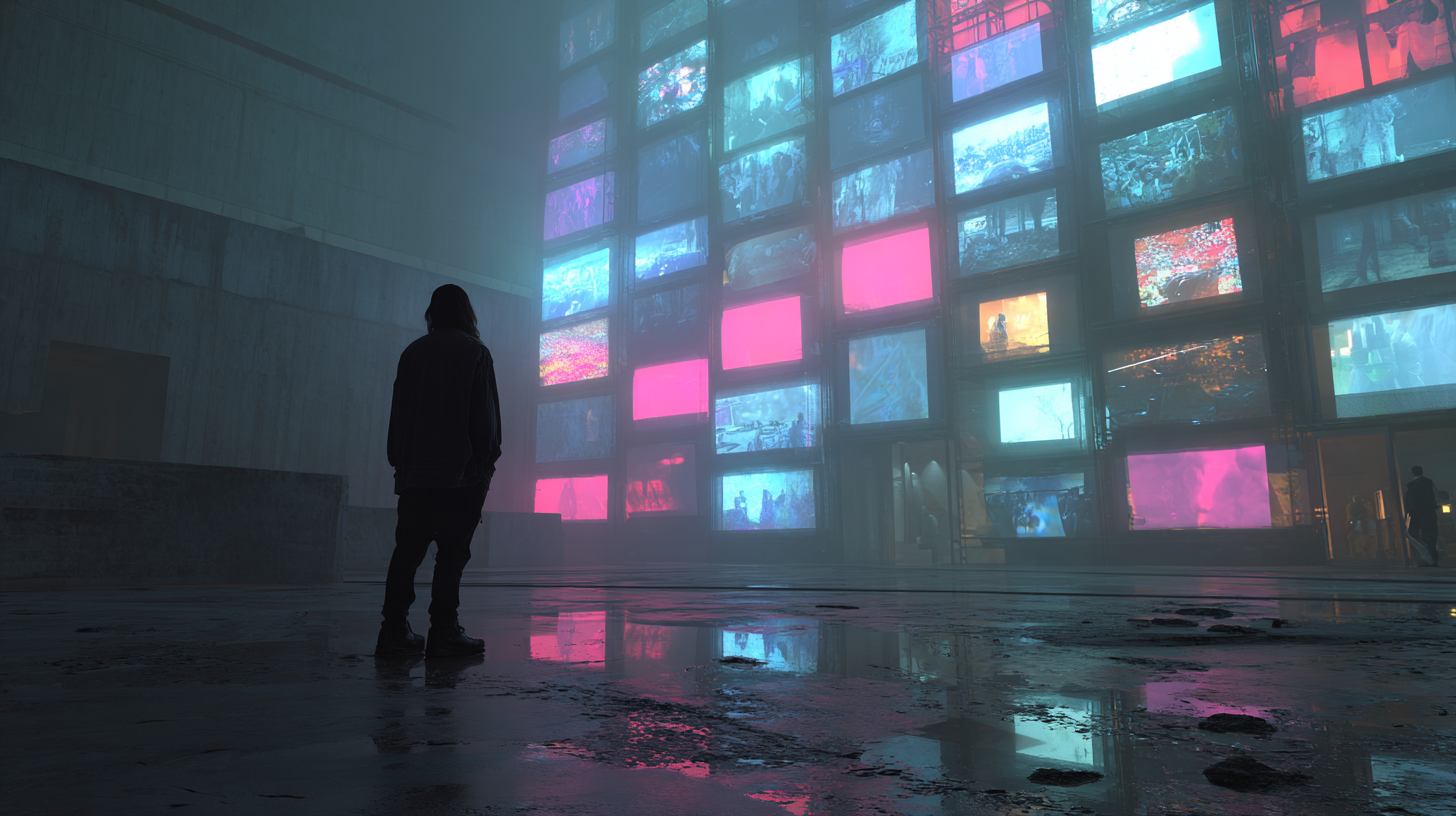
There's irony here. For a species supposedly obsessed with progress, we spend an awful lot of time rummaging through the attic. The future feels uncertain, abstract; the past, by contrast, is editable - polished by memory and algorithm alike. Nostalgia, once a flicker, is now infrastructure. I can certainly testify to that.
I find myself spending more time than I'd like to admit scrolling through memes about childhood. About the '90s. About CDs and MSN Messenger. About the feeling of being bored in a living room that only had five TV channels. About phones that were attached to houses - and so, by default, so were you.
I miss that world. Not because it was better. But because it felt less fractured. Less performative. Less wired to panic. I miss drinking too much and worrying too little. I miss not knowing what was happening everywhere, all the time. I miss not being expected to turn everything I feel into content.
So the question becomes: why now? Why, in a time of limitless innovation, do we find comfort in imitation? Maybe the answer lies in remembering that nostalgia wasn't always romantic. Once upon a time, it was considered a sickness - literally.
The Birth of Nostalgia - When Longing Was a Disease
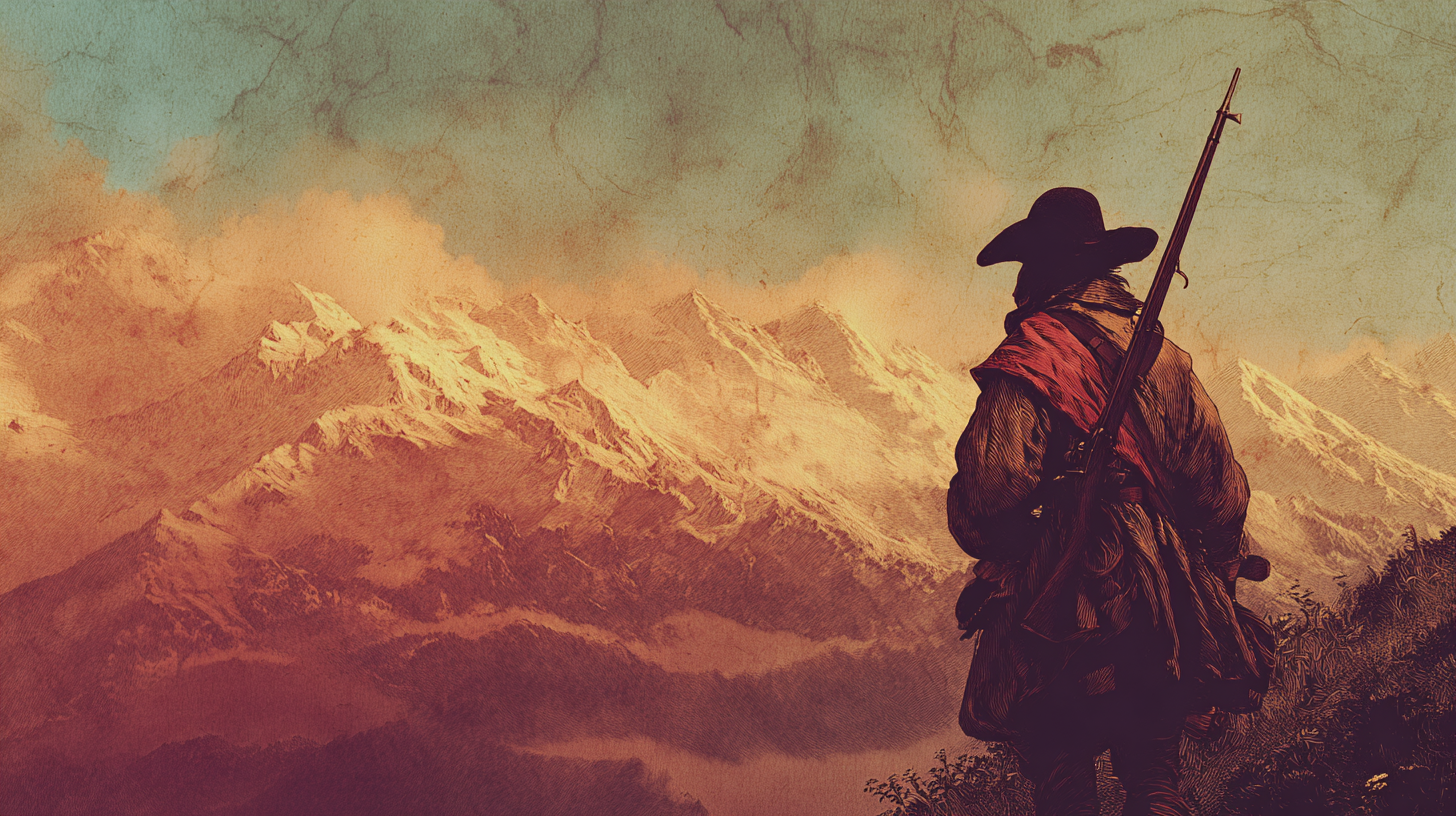
In 1688, a Swiss medical student named Johannes Hofer gave a name to a strange affliction tormenting soldiers who had been sent far from home. They grew listless and feverish, unable to sleep, consumed by visions of their villages and families. Some reportedly wasted away entirely. Hofer called it nostalgia - a word stitched from two Greek roots: nostos (homecoming) and algia (pain). Quite literally, "the pain of returning."
For Hofer and his contemporaries, nostalgia was not an aesthetic or a mood. It was a diagnosable illness. Seventeenth-century doctors believed the homesick could die from yearning too intensely. Treatments included leeches, travel restrictions, or-bizarrely-sending a cowherd to play familiar Alpine tunes in hopes the sound would cure the mind. No, really.

This version of nostalgia was entirely physical. It lived in the body - a fever of the heart. Its sufferers were not sentimental poets but displaced workers, sailors, and soldiers. In other words, nostalgia first appeared as a consequence of movement - of globalization before the word existed. It was the side effect of leaving home.
By the 19th century, though, the diagnosis began to slip. Empires expanded, industrial cities grew, migration became normal. Longing for home no longer looked pathological; it looked human. Nostalgia began to move from the medical realm into the emotional one - from disease to desire.
In essence, nostalgia's early years were about transition: from an ailment of the few to what would soon become the emotional grammar of the many.
From Disease to Desire - How Nostalgia Became Emotion

By the late 1800s, nostalgia had shed its diagnosis and found a new home in the mind. Industrialization had scattered people across continents, and suddenly, the ache for what was left behind seemed less like madness and more like meaning. What had once been "the Swiss disease" became a kind of emotional inheritance - the human cost of modernity.
Writers began to romanticize the condition. Jean-Jacques Rousseau, the Genevan philosopher described nostalgia as the longing for a simpler, purer world; Romantic poets turned homesickness into art. By the 20th century, the language of nostalgia was so familiar that we barely recognized it as pathology anymore. We called it memory, yearning, the good old days. The fever had cooled into reflection.
Modern psychology would take it further still. In the early 2000s, researchers Constantine Sedikides and Tim Wildschut at the University of Southampton started to study nostalgia systematically - not as weakness, but as resource.
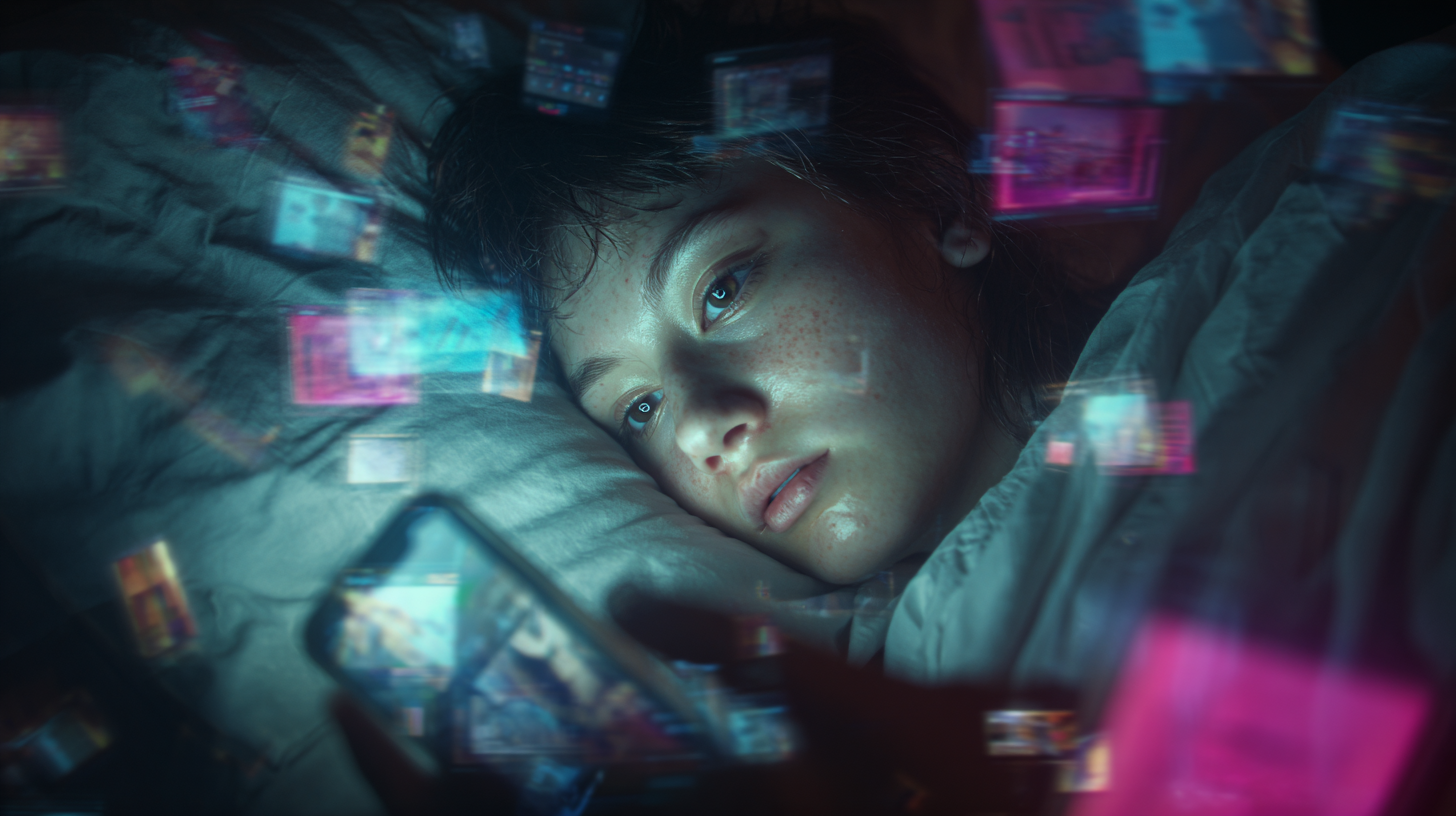
Their experiments revealed something surprising: recalling the past didn't trap people in melancholy; it often lifted them out of it. Participants who reflected on nostalgic memories reported higher optimism, stronger self-continuity, and a greater sense of belonging. Nostalgia, they argued, anchors the self through time.
It's a radical inversion of Hofer's idea. Where once nostalgia was decay, it's now seen as resilience - the psyche's way of stabilizing itself in a disorienting world. The wound became a compass.
Still, it carries the same paradox: to stay balanced, we must occasionally lose ourselves in longing.
Nostalgia Goes Commercial - When Memory Became Marketing

Somewhere between postwar optimism and late-capitalist exhaustion, nostalgia became a business model. What began as a homesick whisper turned into a megaphone selling everything from cola to cars.
In the 1950s, American advertisers discovered the emotional power of the "good old days." A nation reeling from war and nuclear anxiety was sold comfort through vintage imagery - smiling families, simpler times, wholesome Americana. The past became a commodity: clean, safe, non-threatening. "Buy this," the subtext said, "and you can feel at home again."
Television followed suit. Happy Days in the 1970s, The Wonder Years in the '80s, Mad Men in the 2000s - each used nostalgia as both subject and product. And then came the reboot era, when studios stopped even pretending to invent. Star Wars, Top Gun, Fuller House, Sex and the City - cultural déjà vu disguised as new content.
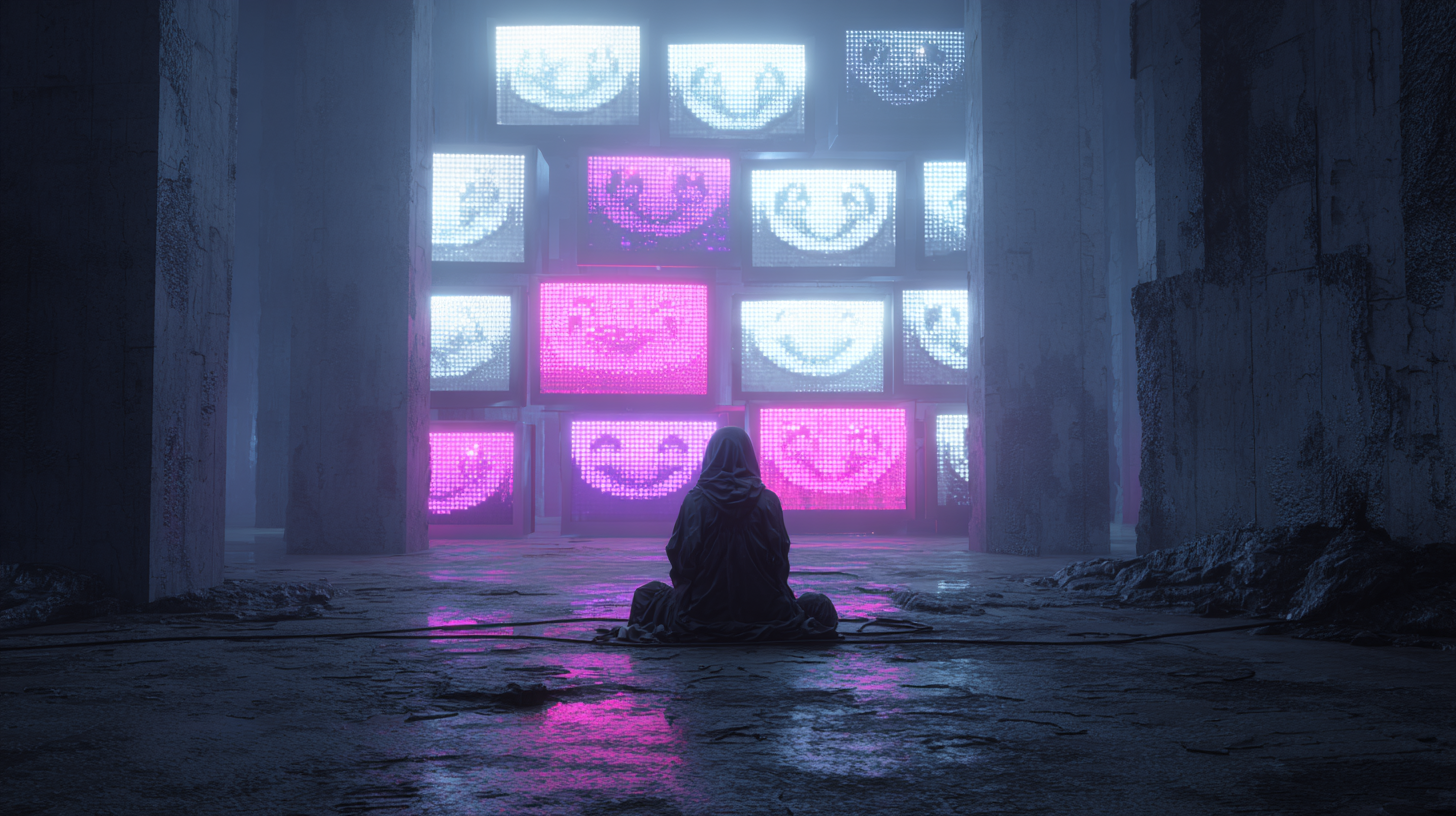
Critics like Simon Reynolds call this phenomenon Retromania: pop culture's addiction to recycling itself. We live, he argues, in "a cultural time loop," forever remixing the recent past because true innovation feels too risky. The internet turbo-charged it - algorithms now serve nostalgia on demand, predicting what version of your own past will most effectively make you click.
Even rebellion has gone retro. Vinyl sales outpace CDs; typewriters are status symbols; Polaroid cameras are back on shelves. In a world saturated with futurism, authenticity now looks like imperfection - the pixelated warmth of what we once took for granted.
There's a certain comfort in that. But also a quiet warning: when nostalgia is industrialized, the past stops belonging to memory. It belongs to marketing.
The Psychology of Now - Why We're So Nostalgic Today
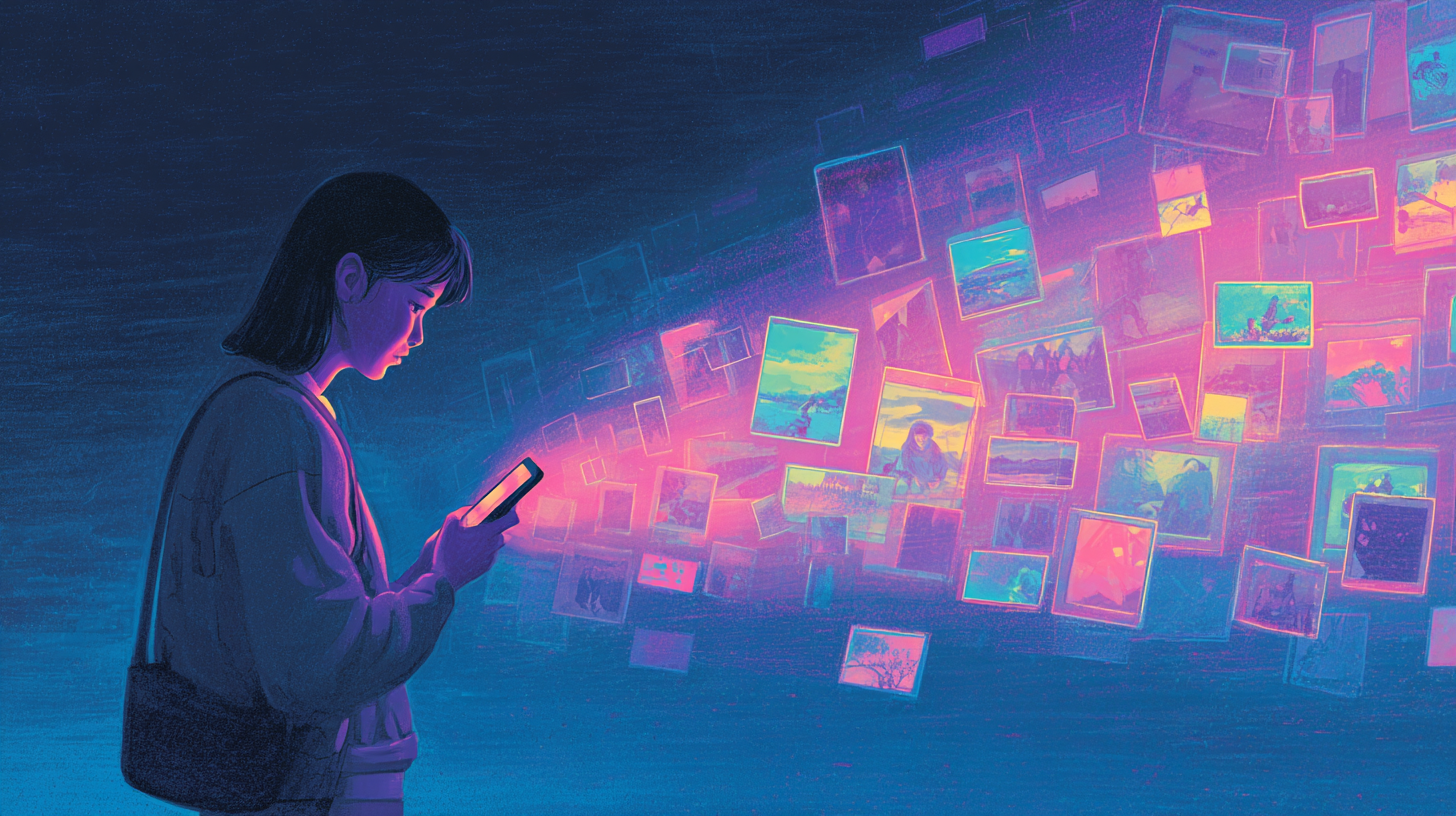
Every generation thinks it's living through the most uncertain time in history - but ours might actually be right. The 21st century has been one long acceleration: pandemics, political upheaval, climate anxiety, technological vertigo. In the blur of constant change, nostalgia feels like a life raft.
Psychologists have long known that nostalgia spikes during instability. Studies led by Constantine Sedikides found that when people feel lonely, anxious, or uncertain, they instinctively reach for memories that restore continuity - a reminder that they've survived chaos before. In that sense, nostalgia is less about the past than about coping with the present.
The COVID-19 pandemic made that truth impossible to ignore. During lockdowns, we rewatched comfort shows, baked childhood snacks, streamed old songs. Data from Spotify showed a surge in music from the listeners' teenage years - especially early-2000s pop. Even Google searches for "nostalgia" hit record highs in 2020. When the future shut down, the past became our safest place to hide.
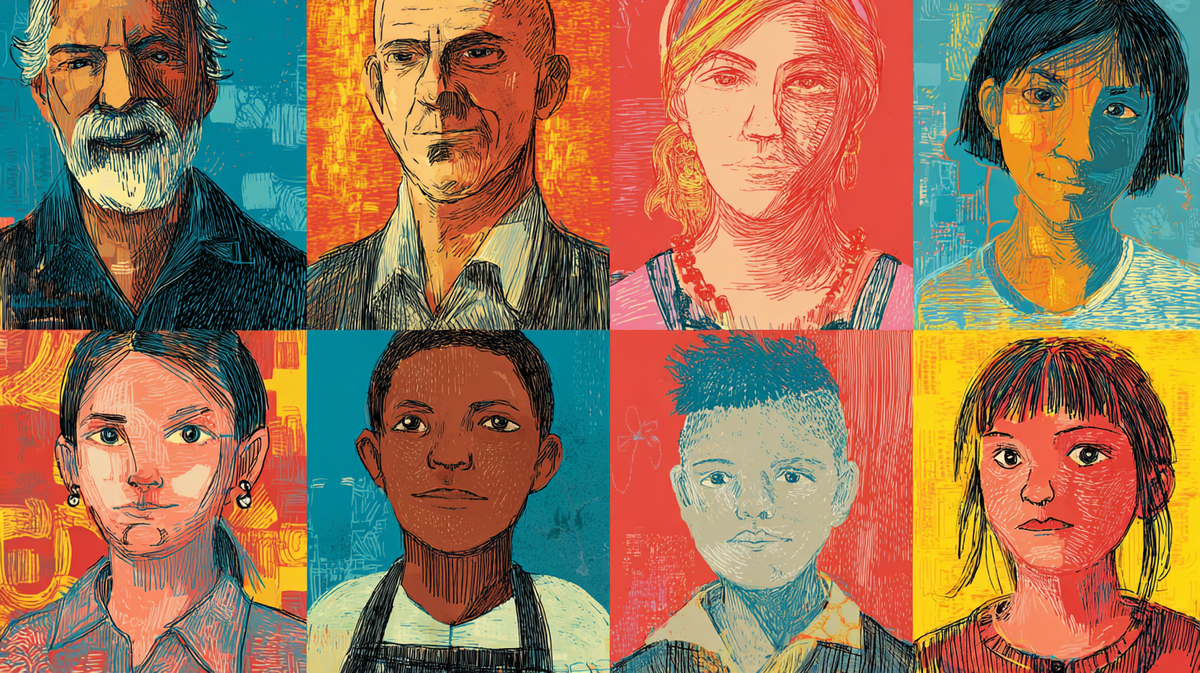
Then there's the algorithmic layer. Social media platforms now automate nostalgia - "On This Day" reminders, Facebook Memories, TikTok's endless throwbacks. Our devices curate the past for us, turning it into a feedback loop of selective remembering. The result is a kind of engineered sentimentality - nostalgia stripped of context, optimized for engagement.
And younger generations have joined in, even without the memories. Gen Z's fascination with Y2K culture - flip phones, cargo pants, Paris Hilton-era irony - isn't really about remembering. It's about adopting nostalgia as identity. When the future feels precarious, the past offers aesthetic stability.
We used to think nostalgia was retrospective. Now it's ambient - built into the platforms we live on. We no longer visit the past; it visits us, every time we refresh.
The Double-Edged Sword - When the Past Becomes a Prison
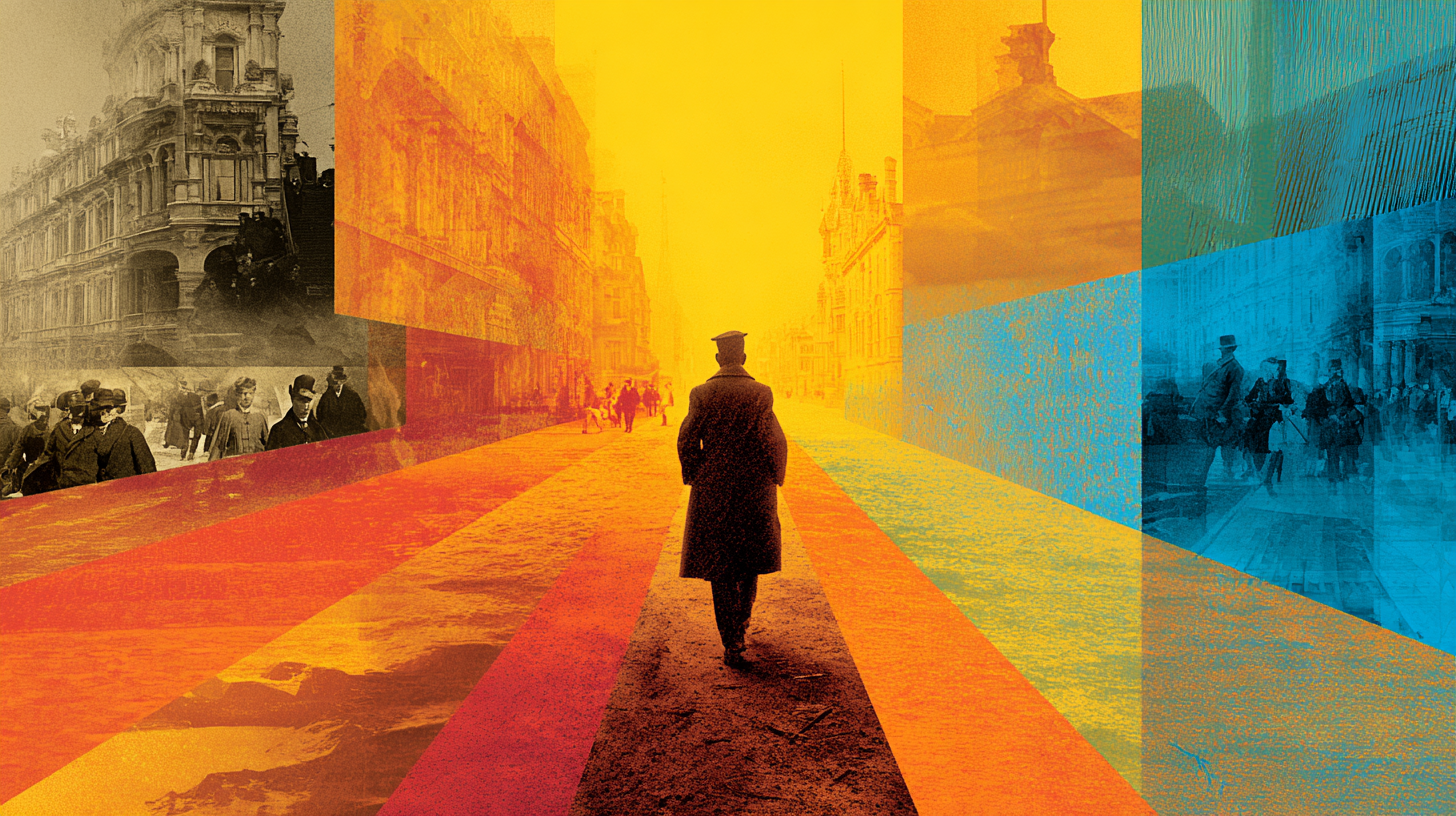
Nostalgia's comfort is undeniable. It softens the edges of loss, turns chaos into story, gives the illusion that meaning can be restored. But like all seductions, it has a darker twin: distortion.
Cultural theorist Svetlana Boym wrote that there are two kinds of nostalgia. The first is restorative - the urge to rebuild the past exactly as it was. It fuels political slogans like "Make X Great Again", architectural revivals, even denialist movements that rewrite history to fit emotion. Restorative nostalgia doesn't just look backward; it tries to live there.
The second is reflective - nostalgia that lingers, questions, remembers. It recognizes the past as gone and grieves it honestly. Reflective nostalgia doesn't rebuild; it listens. It's the difference between repainting an old photograph and sitting quietly with what it meant.
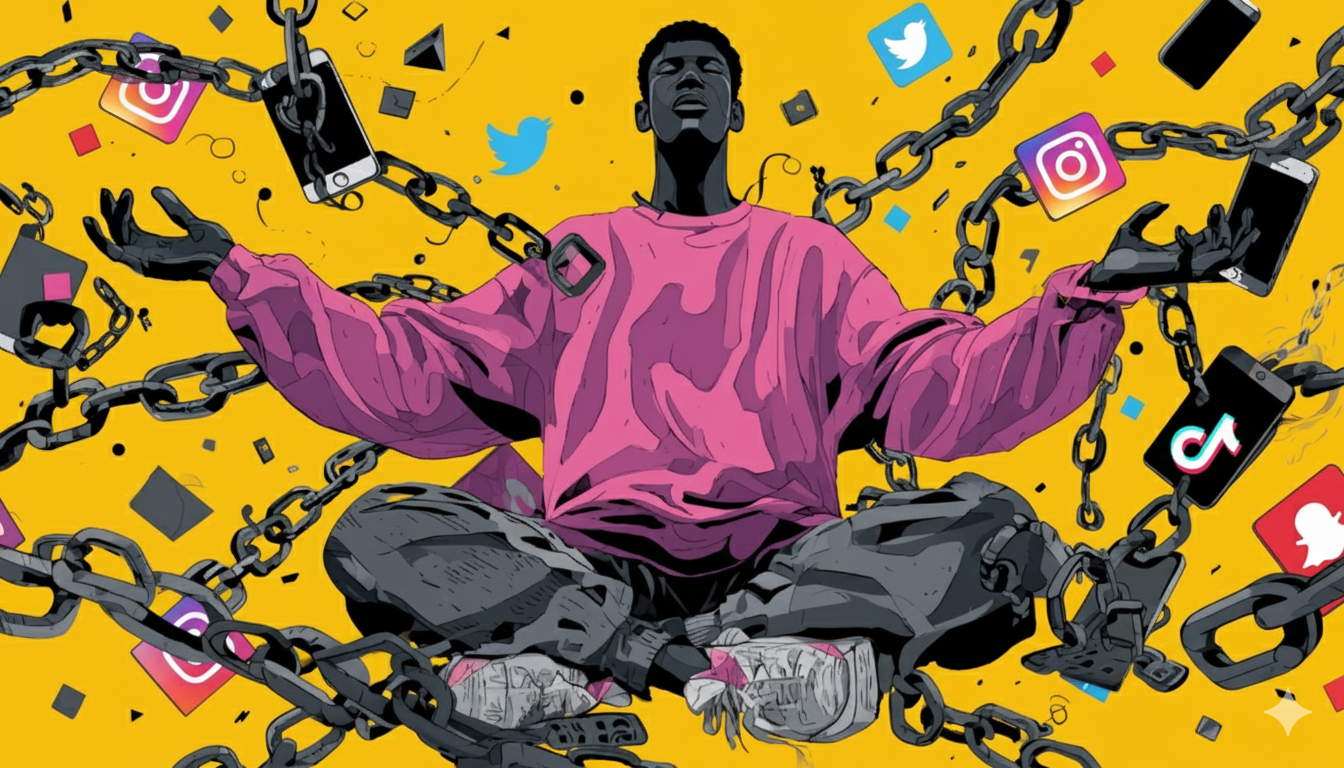
Modern culture toggles constantly between the two. On one hand, we have ironic revivals - 90s aesthetics, VHS filters, thrifted fashion - that seem self-aware, reflective. On the other, we have political nostalgia that mythologizes the past into something purer, simpler, safer. Both are attempts to make the present feel coherent.
But nostalgia can also become a psychological cage. Research from the University of Southampton shows that while moderate nostalgia enhances emotional well-being, excessive nostalgia - especially when idealized - can trap people in a loop of comparison, making the present seem perpetually inadequate. Memory turns into metric.
The more we romanticize the past, the more fragile the present becomes. Nostalgia comforts us, yes - but it also edits reality. It crops out the struggle, the boredom, the nuance. What's left is a highlight reel mistaken for home.
Maybe that's the quiet danger: not that we remember too much, but that we remember too well.
What Nostalgia Teaches Us - Looking Back to Move Forward
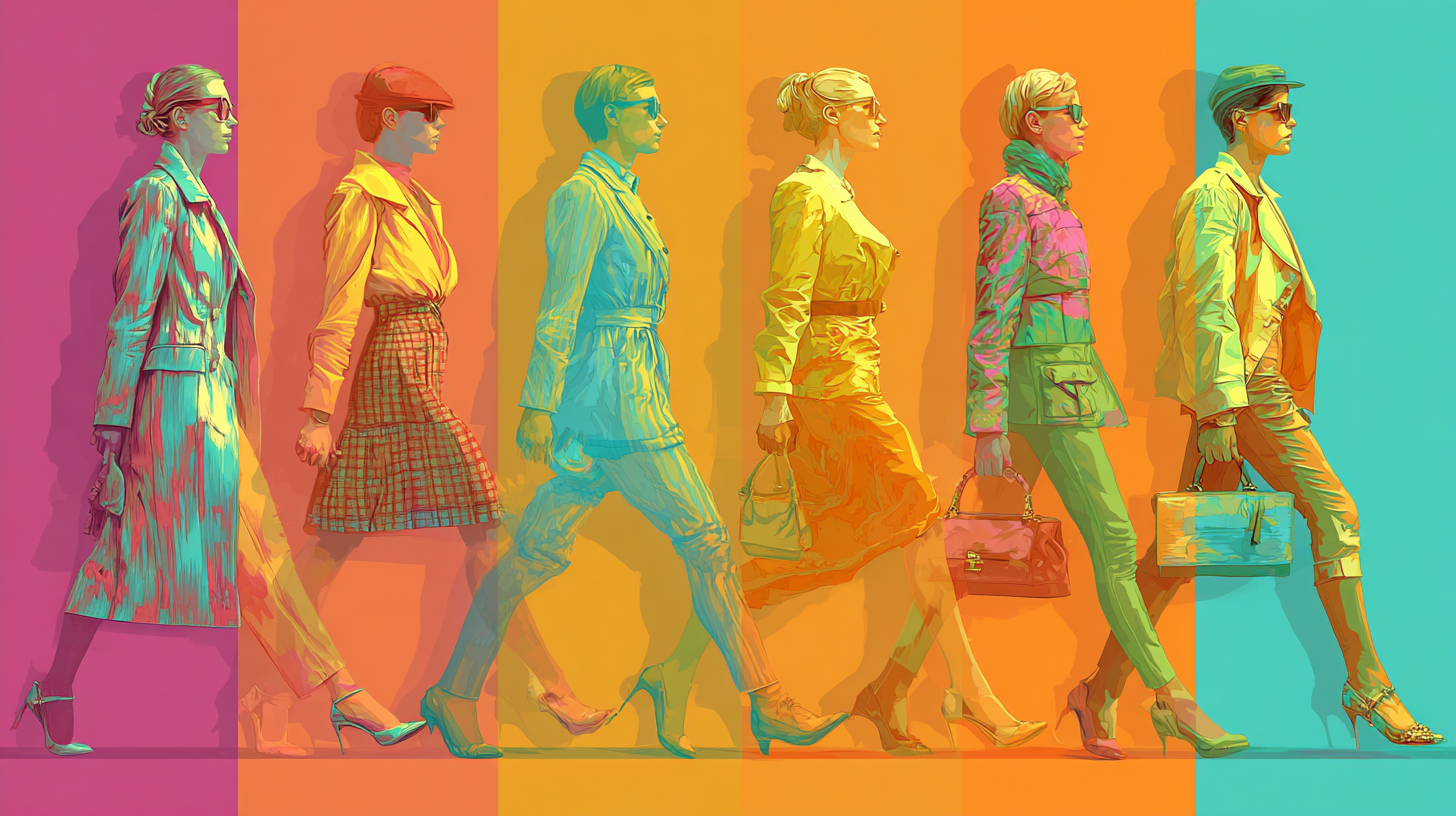
If nostalgia began as illness and evolved into industry, maybe its endurance says something profound about us. We keep returning to the past because it's the only place that feels complete. The future is abstract, the present unstable, but the past - even distorted - has narrative. It already happened. It makes sense. I know I certainly feel that way. I felt it during Covid, and I feel it again, now.
Each wave of nostalgia marks a cultural temperature drop, a collective exhale after too much acceleration. The more fragmented life becomes, the more we seek coherence in what we've lost. Nostalgia, then, is less about time than it is about belonging. It reminds us of the selves we used to be and the worlds that shaped us.
But it's also a diagnostic tool. The moments we romanticize reveal our discontent. When we long for the 1990s, are we missing the music - or the feeling that things still felt possible? When Gen Z dresses like early-2000s pop stars, is it irony, or a yearning for a pre-surveillance innocence they never had? Nostalgia tells us where the cultural wound is right now.
There's value in that. Reflective nostalgia, as Svetlana Boym wrote, can be an act of critical memory - a way of holding the past accountable even as we mourn it. It asks not "How do we go back?" but "What do we carry forward?"
Maybe that's the healthier form of longing: to remember without recreating, to revisit without retreating. Nostalgia doesn't have to be escapism. It can be integration - a way to braid old meaning into new understanding.
Because the truth is, the past never leaves. It loops through our playlists, our aesthetics, our emotional circuitry. What matters is how we meet it: not with blind devotion, but with curiosity.
Maybe nostalgia isn't about where we've been at all. Maybe it's about what we refuse to let disappear.








